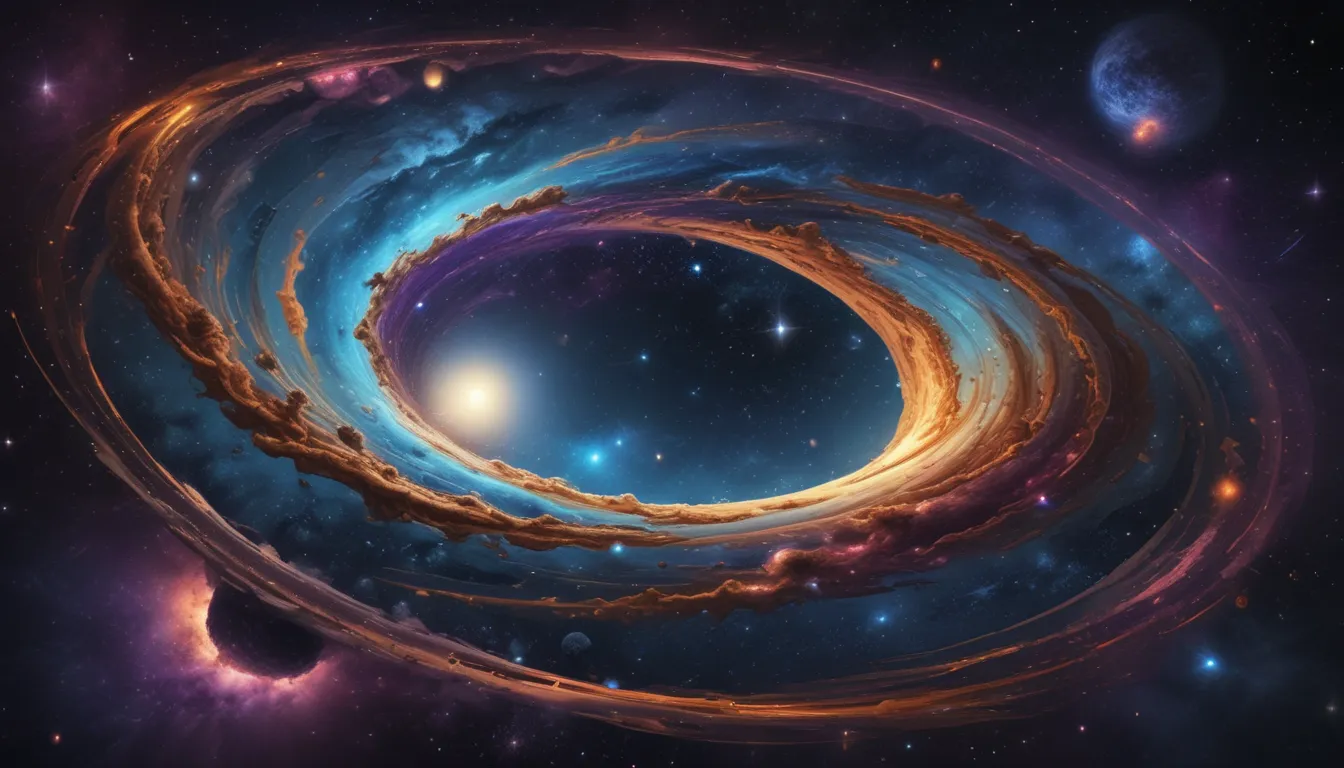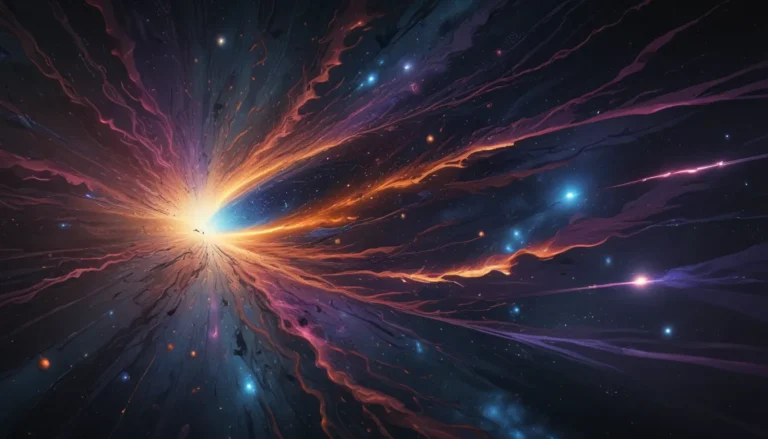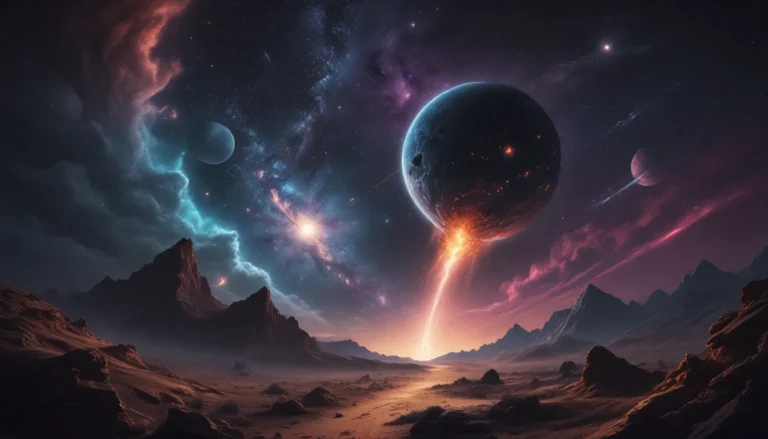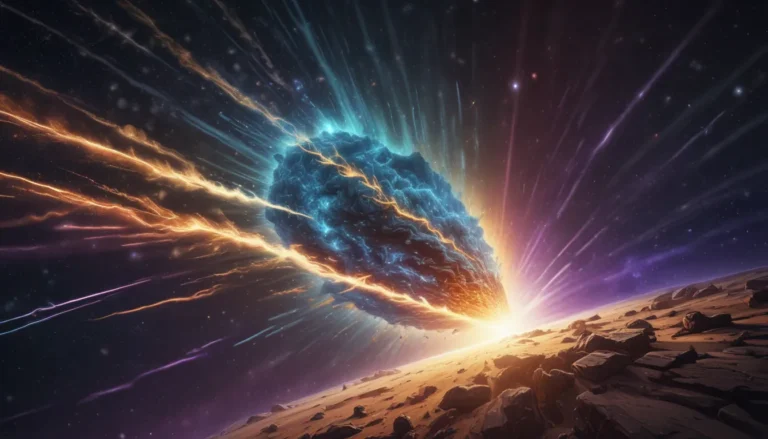The pictures we use in our articles might not show exactly what the words say. We choose these pictures to make you interested in reading more. The pictures work together with the words but don’t take their place. The words still tell you the important facts.
The galactic bulge, a complex and dense region nestled at the core of spiral galaxies like our Milky Way, plays a pivotal role in the evolution and structure of these celestial bodies. From the interplay of gas and dust to the gravitational dance of stars, the formation of galactic bulges is a captivating phenomenon that has intrigued scientists for decades.
Understanding the Galactic Bulge
The Galactic bulge is a compact, spherical, or ellipsoidal region located at the center of spiral galaxies. It is characterized by a high concentration of stars, gas, and dust, forming a dense and mysterious structure that stands out amidst the vastness of the galaxy.
Astronomers are actively engaged in studying the formation and evolution of the Galactic bulge, which remains a subject of intense scientific scrutiny. Various processes and mechanisms have been proposed to explain the origin of this enigmatic region, each offering unique insights into its complex nature.
Unraveling the Formation Puzzle
One prevailing hypothesis suggests that the Galactic bulge formed through a process known as hierarchical merging. According to this theory, smaller galaxies collided and merged over time, gradually building up the bulge we observe today. This intricate process of galactic evolution sheds light on the dynamic nature of galaxies and the forces that shape their morphology.
The Galactic bulge is a dynamic environment that hosts a mix of old and young stars, featuring diverse stellar populations with varying metallicities. The presence of variable stars like RR Lyrae and Cepheid variables within the bulge allows astronomers to measure distances and study the structure of the Milky Way in more detail.
Exploring the Galactic Bulge’s Dynamics
The stellar motions within the Galactic bulge are predominantly random, indicating a dynamically hot system where gravitational interactions have played a significant role in shaping the distribution of stars. Observations suggest the presence of a supermassive black hole at the center of the bulge, further highlighting the complex interplay of forces within this stellar nucleus.
Moreover, the Galactic bulge exhibits a bar-like structure in many spiral galaxies, which is believed to fuel star formation and contribute to the overall morphology of galaxies. The presence of this central bar raises questions about its relationship to the formation and evolution of the bulge itself, adding another layer of intrigue to this fascinating phenomenon.
Insights from Galactic Bulge Studies
Studying the Galactic bulge provides valuable insights into the formation and evolution of spiral galaxies as a whole. The intense star formation activity within the bulge, combined with its unique stellar populations and metallicity distribution, offers a window into the chemical evolution of galaxies and the processes that drive their transformation over time.
By examining the bulges of other galaxies, astronomers can gain a deeper understanding of the underlying physical mechanisms that lead to bulge formation. Comparing bulges across different galaxies sheds light on the common features and variations in bulge structures, providing a broader perspective on the diversity and richness of galactic phenomena.
Conclusion: Unlocking the Secrets of the Universe
The formation of galactic bulges remains a complex and enigmatic process that continues to intrigue astronomers and cosmologists. From the violent collisions of smaller galaxies to the intricate dance of stars within the bulge, each aspect of bulge formation unveils a new layer of the cosmic puzzle.
Through ongoing research and technological advancements, scientists strive to unveil the mysteries of galactic bulge formation and gain a deeper understanding of the forces that shape our universe. As we unravel the complexities of the Galactic bulge, we unlock insights into the evolution of galaxies and the broader cosmic tapestry that surrounds us.
FAQs
Q: What exactly is a galactic bulge?
A: A galactic bulge is a dense, central region within a galaxy characterized by a high concentration of stars, gas, and dust.
Q: How do galactic bulges form?
A: Galactic bulges can form through mechanisms such as galaxy mergers, interactions between galaxies, and intense star formation within the galaxy's central region.
Q: Can galactic bulges help us understand the early universe?
A: Yes, studying galactic bulges provides insights into the early universe's formation and evolution by examining the structures and properties of these dense regions.
Q: Are all galaxies expected to have galactic bulges?
A: Not all galaxies have distinct galactic bulges, with some galaxies displaying more pronounced bulges while others lack prominent bulges altogether.
Q: Can galactic bulges host supermassive black holes?
A: Yes, many galactic bulges are believed to contain supermassive black holes at their centers, influencing the dynamics and evolution of the galaxies they inhabit.
Diving Deeper into Galactic Mysteries
Embark on a journey through the captivating world of galactic evolution and explore the secrets behind star formation, dark matter, and the formation of galactic bulges. Each discovery broadens our understanding of the universe and illuminates the intricate dance of cosmic forces that shape the galaxies we observe.
Your Contribution Matters
Our commitment to delivering trustworthy and engaging content is driven by the diverse insights and information contributed by real users like you. Every fact shared on our platform undergoes rigorous review by dedicated editors to ensure accuracy, authenticity, and credibility. Join us in exploring the wonders of the cosmos and unraveling the mysteries that lie beyond the stars.






